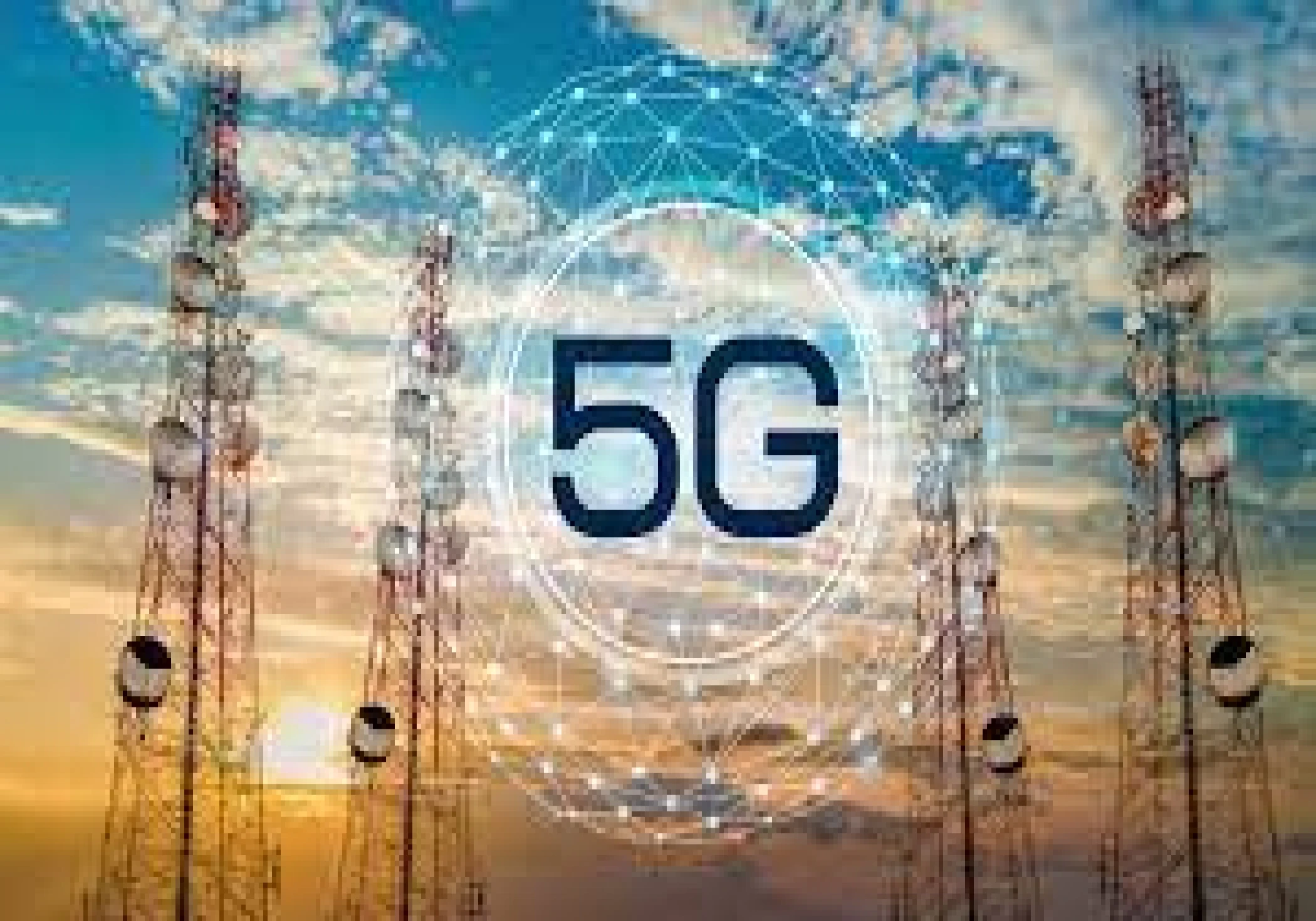
5G represents the next evolution in mobile network technology following 4G LTE networks. It offers the assurance of uninterrupted coverage, high data rates, ultra-low latency, and consequently, exceptionally reliable communication. Rather than being a singular technology, 5G is a fusion of diverse technologies that collectively enable the aforementioned performance capabilities.
Estimated projections suggest that 5G technology is poised to bring about significant transformations in our world. It is set to introduce a novel network designed to connect virtually everyone and everything, encompassing machines, objects, and various devices.
5G New Radio (NR) stands as the worldwide standard for a unified and enhanced 5G wireless air interface. Utilizing two distinct frequency ranges, 5G NR encompasses sub-6 GHz frequency bands as well as frequency bands within the mmWave range (24-100 GHz).
According to a recent study on the 5G Economy, projections indicate that by 2035, 5G technology is expected to contribute significantly to global economic output, reaching an estimated $13.2 trillion. This economic impact will be driven by its support across diverse industries. Additionally, the study suggests that the entire 5G value chain, comprising Original Equipment Manufacturers (OEMs), operators, content creators, app developers, and consumers, has the potential to sustain up to 22.3 million jobs on a global scale.
With the initial rollout of commercial 5G deployments, there is growing anticipation regarding the potential impact of 5G on our interconnected communities. Undoubtedly, 5G is laying the groundwork for transformative changes. However, the current scenario is marked by a perplexing terrain, characterized by diverse and occasionally contradictory interpretations of 5G and its anticipated outcomes. This ambiguity is not only affecting consumers but is also adding complexity to the industry's capacity to evaluate itself against a consistent set of 5G expectations and benchmarks.
Furthermore, although the technical standards set for 5G are ambitious and have the eventual capacity to facilitate applications that can revolutionize daily life, unlock fresh business prospects, and establish innovative business models, the comprehensive array of planned 5G capabilities will not be accessible right from the outset of 5G launches. Instead, they will be introduced gradually in a phased manner over the next several years. This phased implementation, where there is a disparity between the envisioned potential of 5G and the practical realization during the initial launches, has led to some uncertainty among prospective customers.
The emergence of 5G is occurring at a pivotal moment. The significance of swift and reliable network connections has reached unprecedented levels. Whether individuals are at their workplaces or residences, there is a collective expectation from enterprises and consumers for a seamlessly connected experience, available wherever and whenever needed. Activities that currently necessitate buffering on existing 4G-based mobile networks will take place instantaneously with the advent of 5G. However, as illustrated below, 5G transcends mere speed; it also pledges the essential attributes of capacity, reliability, and ultra-low latency crucial for mission-critical services and the expansive growth of the Internet of Things (IoT).
The enhanced capacity provided by 5G will empower networks to accommodate a greater number of devices and facilitate more data-intensive tasks. From this standpoint, 5G is poised to play a crucial role in advancing the scope of daily connected activities.
A significant amount of excitement surrounds the potential of 5G. Industry associations assert that it will facilitate the development of smart cities by linking sensor networks capable of managing traffic flow and promptly identifying streetlight malfunctions. The connectivity offered by 5G has the potential to link self-driving vehicles and stimulate the emergence of innovative applications in virtual and augmented reality. With its high-speed connections, 5G could enhance remote surgery and other telemedicine applications, aid companies in automating their manufacturing processes, and provide businesses with dedicated high-speed internet lanes.
Despite the potential advantages outlined for 5G network technology, service providers encounter hurdles and uncertainties in its deployment. Key challenges that demand careful consideration include use cases and business viability, the availability of spectrum, substantial capital expenditure investments, and ongoing operating costs.
The slow adoption and deployment of 5G networks are anticipated due to a lack of demand and a well-defined business case. Currently, there is a scarcity of use cases that can directly translate into new revenue for 5G investments. The majority of early 5G service applications primarily focus on augmenting the bandwidth and capacity of existing 4G networks operated by service providers.
To ensure comprehensive coverage and support for all use cases, 5G requires a substantial allocation of new harmonized mobile spectrum across three crucial frequency ranges: sub-1 GHz, 1-6 GHz, and above 6 GHz. However, achieving this allocation may pose challenges, as certain bands are unavailable. For instance, the Department of Telecommunications (DoT) has acquiesced to the Indian Space Research Organisation's (ISRO) request to reserve the 26 GHz band primarily for satellite services, potentially complicating the deployment of 5G.
Challenges in testing arise as 5G technology necessitates the characterization and testing of novel systems to guarantee both performance and compliance with regulations. The most substantial testing challenges emerge from mmWave and beamforming technologies, requiring simultaneous testing alongside other technologies.
The anticipated seamless implementation of 5G networks within the industry may necessitate an additional investment ranging from $60 to $70 billion. Telcos, amidst increasing debt levels and ongoing market consolidation, are facing constraints on capital expenditure. However, with the enactment of the Infrastructure Investment and Jobs Act in 2021, the federal government has committed to allocating $65 billion for the expansion of broadband infrastructure. States are also taking initiatives to bridge the digital divide. In the upcoming years, the allocated funding will present numerous opportunities for state governments and their local collaborators to devise innovative solutions for deployment.
However, securing funding doesn't alleviate the most significant challenge facing our industry: the effective execution of the work. The influx of diverse assets, rapid technological advancements, and a surge in joint-use interactions and requests heighten the complexity of 5G deployment. Companies find themselves navigating this intricate landscape with limited resources and a shortage of skilled labor, all within tight timelines. While technology allows for more extensive data collection on assets, the sheer volume of data can be overwhelming. Moreover, the necessity for heightened coordination among stakeholders, many of whom are new to the industry, adds another layer of complexity to the process. In conclusion, the challenges lie not just in securing financial resources but also in efficiently managing the intricate and multifaceted aspects of 5G deployment.




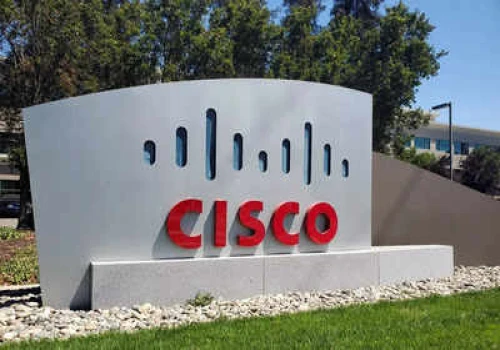
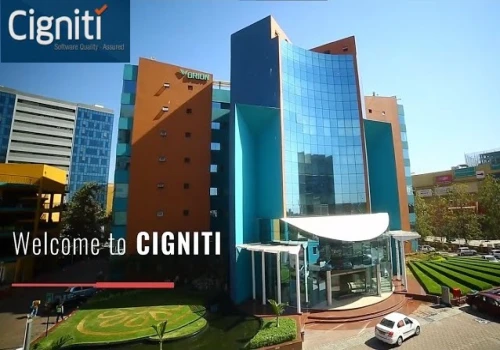

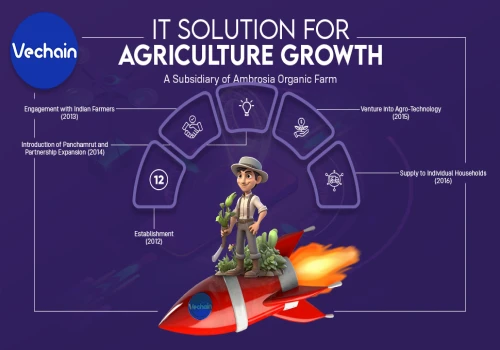
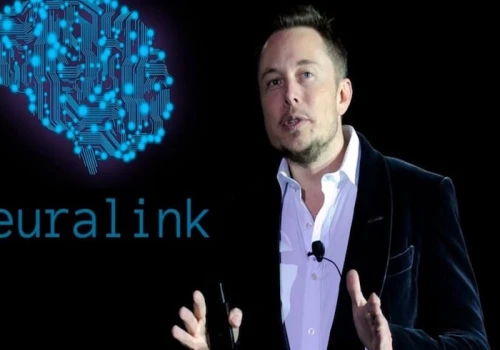

_500_x_350.webp)
